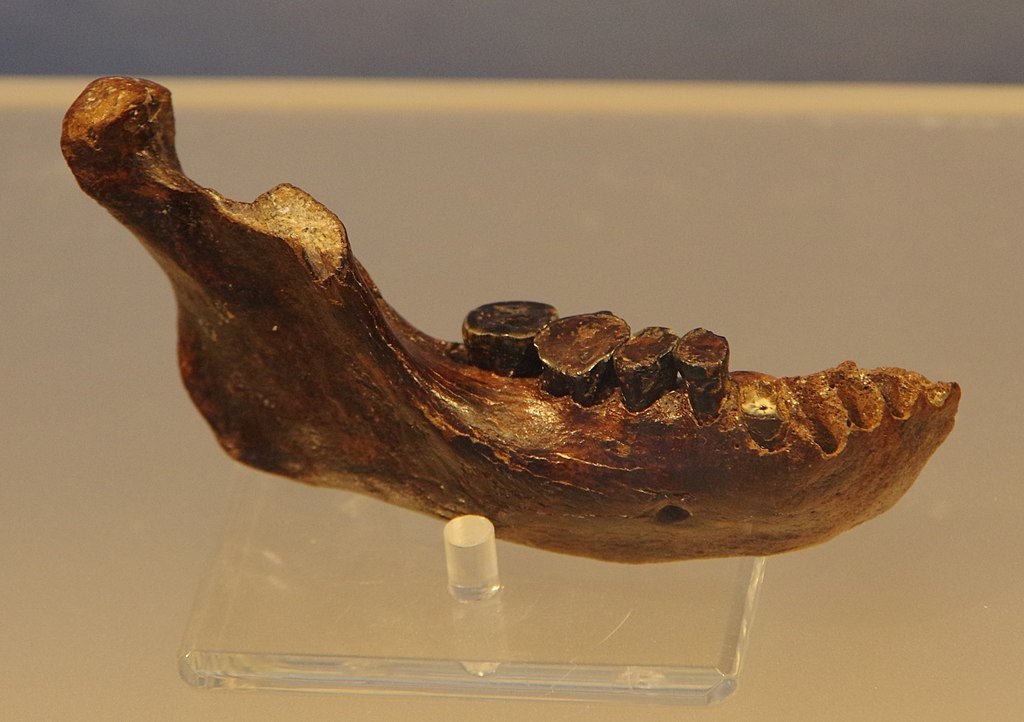Our Genes Hold Ancient Secrets From Our Distant Past
Every cell in your body carries a story that began long before you were born, long before your family existed, and even before humans walked upright. Hidden in the spiraled ladder of your DNA are molecular footnotes from ancient epidemics, vanished species, and long-lost migrations across an Earth that looked nothing like today’s world. ...













